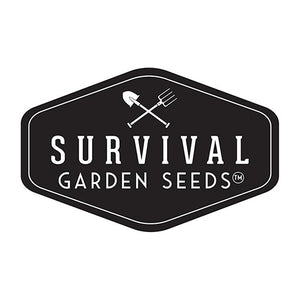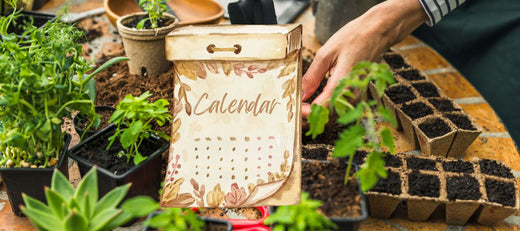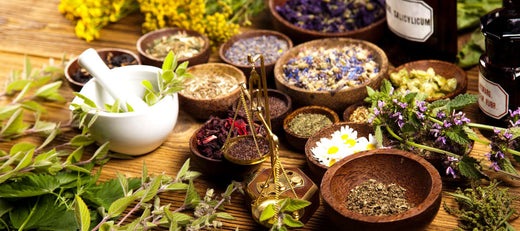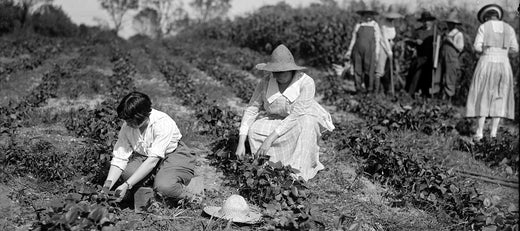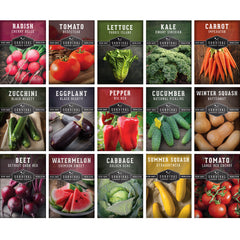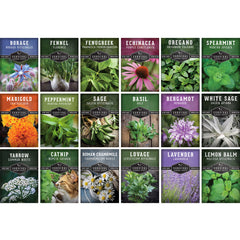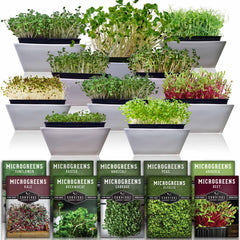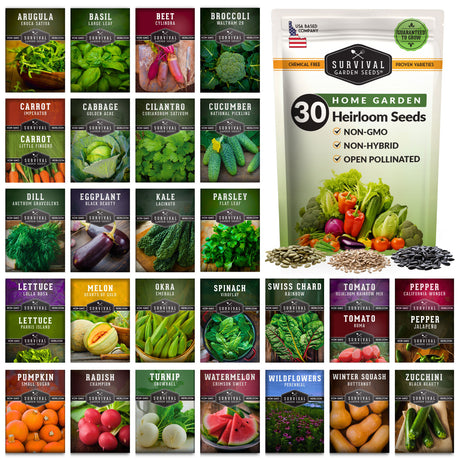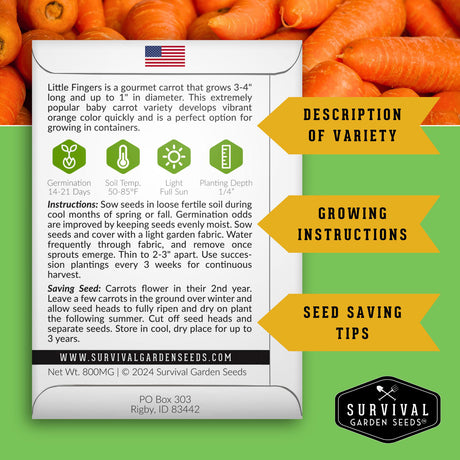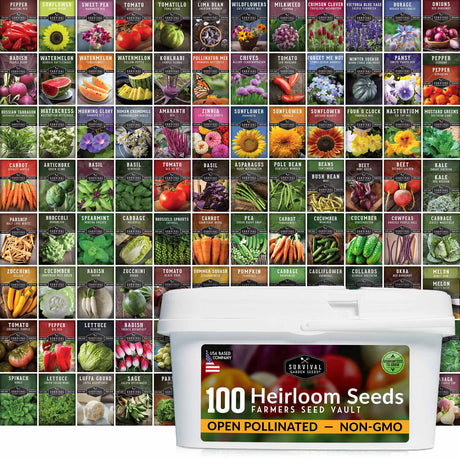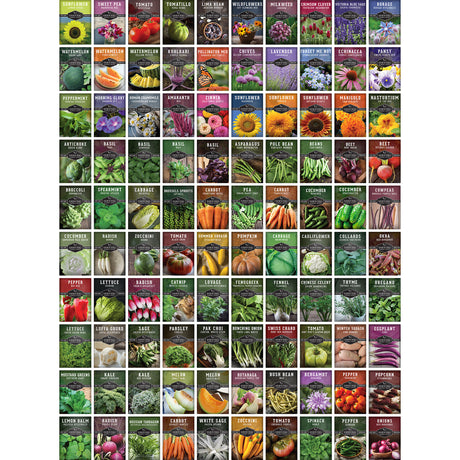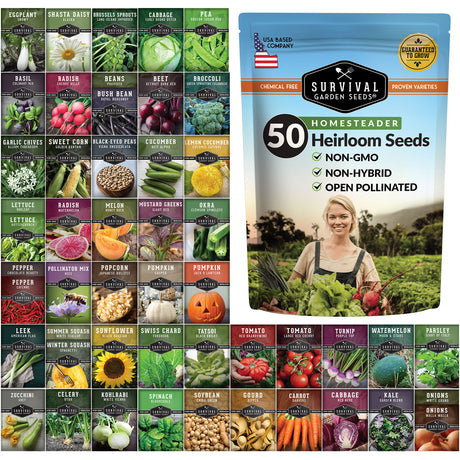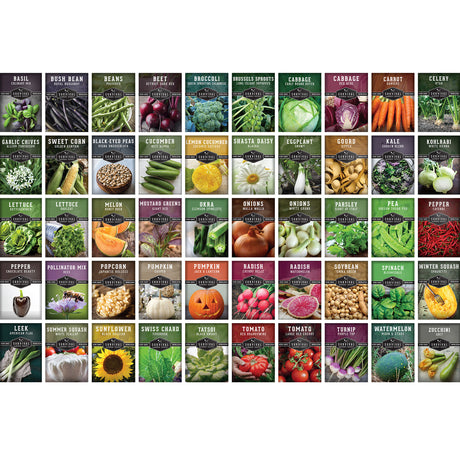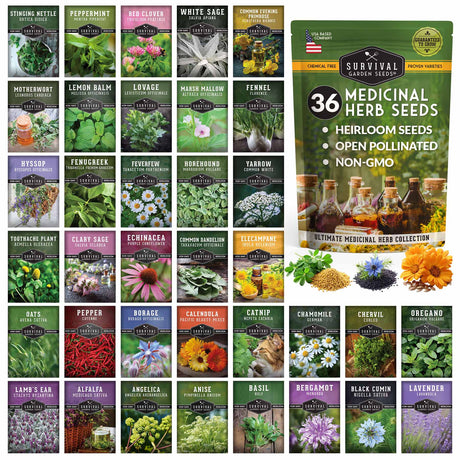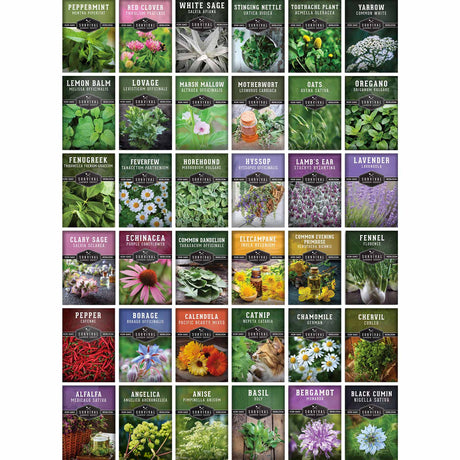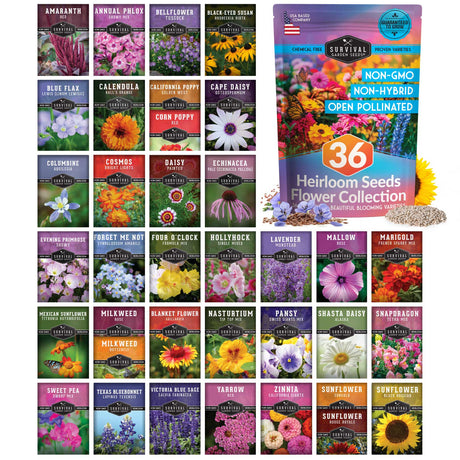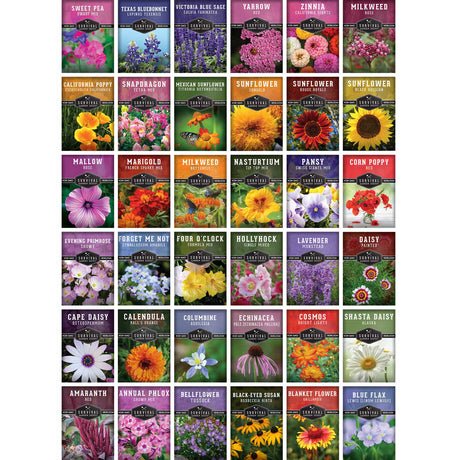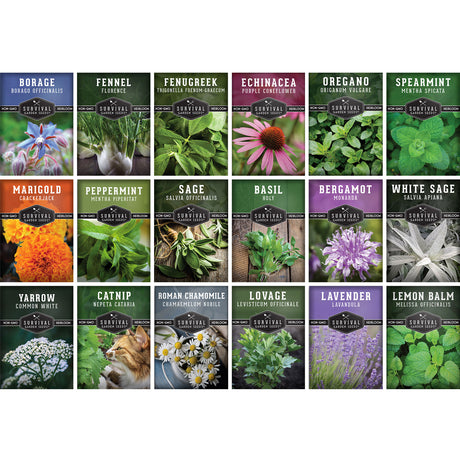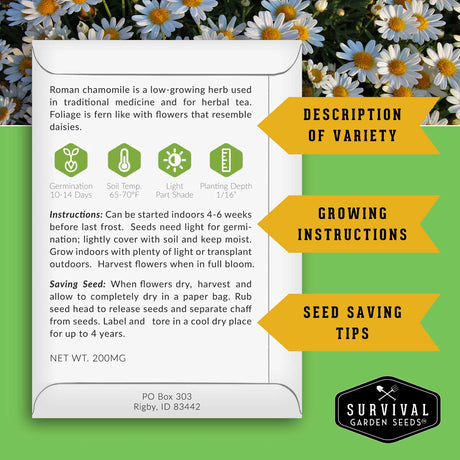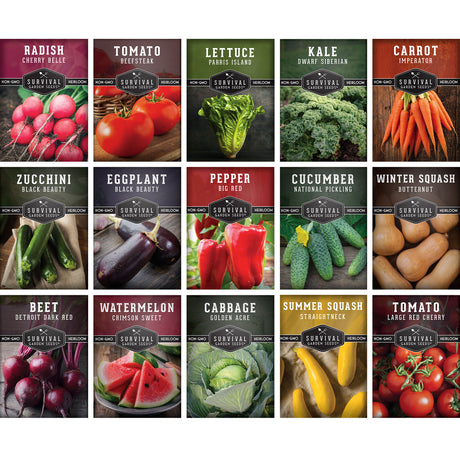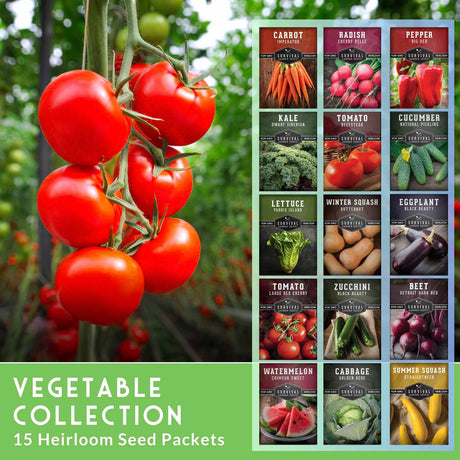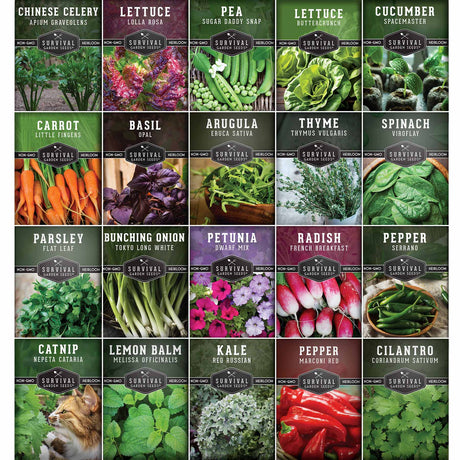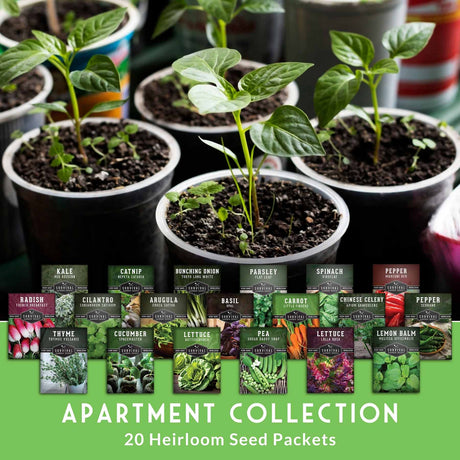Asters are a native wildflower that will brighten your garden just when other flowers are starting to fade. When most of us in the U.S. refer to asters, we’re talking about native species, primarily those in the Symphyotrichum genus. You might also be familiar with “China asters”, but it’s important to note that these are non-native annuals from a different genus (Callistephus) and don’t offer the same important ecological benefits. Native asters grow anywhere from 2 to 6 feet tall, depending on the type and light conditions. They produce bunches of blooms in the late summer and early fall, providing vital nectar to migrating monarch butterflies and many other pollinators. Let’s discuss how to grow asters, some of the varieties we offer, and their ecological importance.
Aster Basics: A General Care Guide for Thriving Blooms
Choosing the Right Spot
Asters are fairly easy to grow. They will grow in full sun to partial shade, but more sun leads to more abundant blooms. The soil should be well-draining, moist soil for most types. Root rot can occur if soil is consistently too wet. The seedlings should be spaced 12 to 24 inches apart so that there is good airflow around mature plants.
Planting Your Asters
Like many native perennial plants, aster seeds have a built-in mechanism that prevents early germination. They must go through a period of cold, moist temperatures to signal that it is time to germinate when the weather warms up. To improve germination of your aster seeds, putting them through a period of cold stratification is recommended. This can be done by mixing the seeds with some clean moist sand and then refrigerating them for 4 to 6 weeks before sowing.
Another characteristic of native species is that they often need light to germinate. You can sow your seeds in the late fall or early spring by sprinkling them on the surface of the prepared soil and lightly pressing them in. Keep the soil moist until germination occurs which will take 2 to 3 weeks.
Care and Feeding of Asters
A benefit of native plants is that they are uniquely adapted to our environment, so they don’t often need a lot of maintenance, especially once they are established. You may need to water your asters a bit during unusually dry periods. Fertilizer is generally not necessary, as they will thrive even in poor soil. They are disease and pest resistant as long as there is plenty of airflow around the plants.
They Are Worth the Wait
Don’t be disappointed if you don’t get blooms in the first year when you plant aster seeds. One of the things that makes native plants so hardy is their strong root systems. Asters will spend much of their growing energy developing a strong, healthy root system in the first year of growth. The plant above ground may seem small and may not bloom, but the roots will be deep and strong to help the plant survive through the winter. In the second, and especially the third year, the plant will produce lush foliage and abundant blooms.
Once your plants are established, you may want to cut them back by about one third to one half in late May or early June to encourage bushier growth and more blooms. This method is called the “Chelsea chop” named for the time period of London’s Chelsea Flower Show, which is also when you should cut back your plants. In the United States, this is sometimes referred to as the “Freedom chop” because the 4th of July is an easier point of reference for us. You can also cut them back after flowering in the late fall or early winter to help control over-seeding, but the insects and birds might prefer that you leave them.

Asters: Keystone Plants and Native Heroes
Our mission at Survival Garden Seeds is to help people be more self-reliant through gardening. As part of that ongoing mission, we recognize the importance of gardening sustainably and supporting our environment. You may not know that there has been a drastic decline in many of the vital pollinator populations over the last 20 years. Between loss of habitat, use of pesticides, and the changing climate, various species of insects and birds that we depend on to pollinate the food we grow are in danger. This is why we are excited to be expanding our offerings of native plant seeds in 2025. These plants provide necessary habitat and food for our hard-working pollinator friends.

We currently offer two native aster seeds: Smooth Blue Aster (Symphyotrichum laeve) and New England Aster (Symphyotrichum novae-angliae). These two varieties are vital keystone plants that support bumblebees, honey bees, a wide variety of native bees, butterflies, moths, wasps, and beetles. The abundance of tiny florets in aster flowers provide a bountiful buffet of nectar and pollen for pollinators. They are a vital resource that is crucial for migrating pollinators (especially monarch butterflies) preparing for winter.
Smooth Blue Aster is native across much of the United States with the exception of California. It grows to be 2 to 4 feet tall with blue-green foliage and daisy-like lavender-blue flowers. It is a favorite of bees and butterflies and is one of the earlier flowering asters.

New England Aster, despite its name, is native across the Eastern and Central U.S. as well as Washington, Oregon, and California. It is the larval host for Pearl Crescent and Checkerspot butterflies and provides nectar for many other native species. It grows 3 to 6 feet tall and has pink-purple flowers that bloom from late summer through the first frost.
Cultivate Beauty and Support Nature with Asters
When you add North American asters to your garden, not only are you planting something that will provide you with colorful flowers well into the fall, you are supporting the vital pollinator population. As a native plant, asters are well-adapted to our local environment making them easy to grow and care for. Growing native plants contributes to a healthier, more resilient ecosystem. Invest in the beauty of your garden and the health of our planet by adding aster seeds to your cart today!

